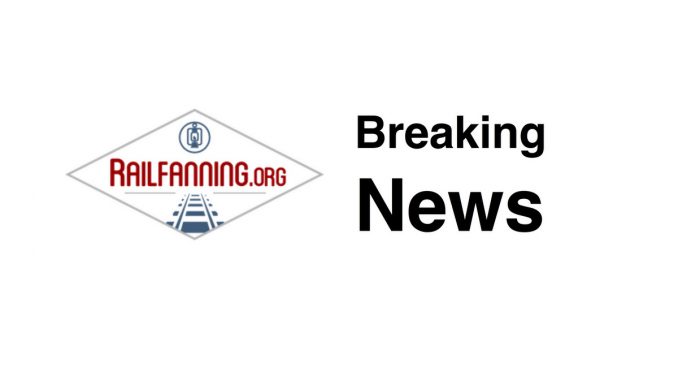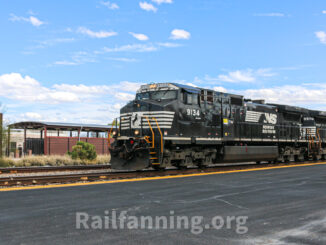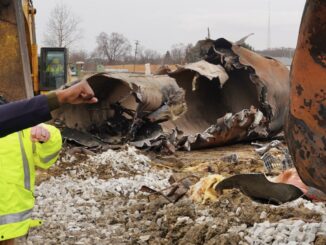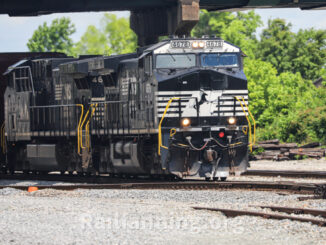
(The Center Square) – State officials have received no reports of health issues more than 10 days after a train carrying hazardous chemicals derailed in eastern Ohio and more than a week after a Norfolk Southern executed a controlled release of the chemicals, a spokesman for Gov. Mike DeWine said Tuesday.
Dan Tierney, DeWine’s spokesman, told The Center Square any effects from the chemicals released following the Feb. 3 derailment reported to physicians would be required to be reported to the state within 24 hours. No reports have come to the Ohio Department of Health.
Though, he added, the situation remains in its early stages.
“We have monitoring systems in place. We are aware of those reports but have not seen any reports from health officials yet. Given the levels we’ve seen, we would not expect to,” Tierney said. “We are aware of anecdotal reports from people, but we haven’t seen the health officials who would be involved in these issues make any reports, and they would have to do that within 24 hours.”
Tierney said the decision to vent and burn the remaining chemicals Feb. 6 was made collaboratively between local, state, federal officials and scientists. The U.S Department of Transportation’s rail division told The Center Square on Tuesday the decision was made by the railroad in coordination with state and local emergency officials.
Tierney said the temperature and pressure began to build Feb. 5, presenting officials with the option of a controlled release or possible catastrophic explosion that would have added a 1-mile shrapnel zone to the 1-mile by 2-mile evacuation area in East Palestine, Ohio. The evacuation area also included parts of Pennsylvania.
“There was not a scenario presented where the cars would be removed with a controlled or uncontrolled release,” Tierney said.
Modeling from state and federal government scientists, along with railroad scientists, recommended the controlled release, Tierney said.
Staff from the Enviornmental Protection Agency’s Chicago office continues to be on the ground at the site, and Ohio officials continue to monitor air and water quality, which remains within acceptable levels, according to Tierney.
“The concern is certainly understandable amongst the residents. Would you like the measurements to be zero? Absolutely. But the likelihood of it being zero after a derailment of this magnitude is unlikely,” Tierney said.
Norfolk Southern hired an independent contractor to work with local law enforcement, the EPA and state officials to take air quality samples and provide results at no charge to residents. Free testing of water from private wells in the impacted area is also available by the independent contractor hired by the railroad.
The Associated Press reported West Virginia’s water utility said it took precautionary steps following the derailment. The utility said in a statement it has enhanced its treatment processes even though there hasn’t been a change in raw water at its Ohio River intake.
Sen. J.D. Vance, R-Ohio, said in a news release he wants officials and railroad officials to be committed to long-term recovery efforts.
“I am dedicated to ensuring that the relevant authorities do not use tests conducted as a permission slip to pack up and go home,” Vance said. “This is a complex environmental disaster with impacts that may be difficult to assess in the short term. Long-term study will be imperative. As will long-term commitment to remediation by Norfolk Southern for the property damaged, the wildlife disrupted, and the community scarred by this accident.”
Tierney said there was a fish kill in the immediate area of the derailment, which he said was to be expected with direct water contamination, but the state has not received other reports of issues with wildlife.




